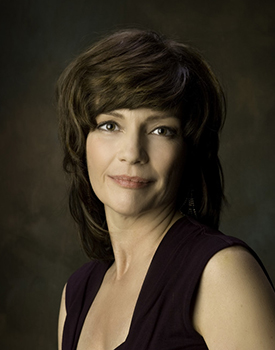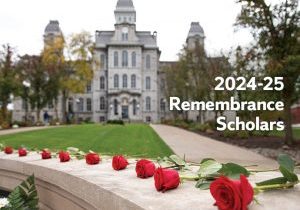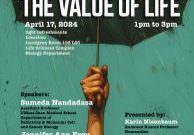

Professor Shannon Novak
Excerpt from The Maxwell School of Citizenship & Public Affairs faculty web site
As an anthropologist, I seek to understand human bodies as living beings, material substances, and cultural symbols. To do so involves following variable tissues and traces that persist across generations and geographies. My fieldwork, in turn, takes place in multiple settings, including ethnographic sites, as well as archives, laboratories, and archaeological excavations. Broadly trained in bioarchaeology and social theory, my research is especially concerned with multiple ontologies of the body and ”more-than-human” assemblages. In one form or another, my studies have engaged with ruptures that occurred across the long nineteenth-century and whose resonances are experienced in the present.
My most recent work stems from the movement of indentured laborers from India to the Caribbean—in particular, British Guiana—to replace enslaved Africans on sugar plantations following emancipation. From distant colonies these workers brought traces of their homeland, including plants and practices that would animate social and material landscapes in new ways. This included subaltern healing practices associated with the goddess Mariamman, better known by her Sanskrit name, Kali. In the wake of plantations, these rural practices were revitalized in independent Guyana and, in the past three decades, transplanted to North American cities where thousands of Indo-Guyanese settled in the U.S. and Canada. Since 2016, I have been conducting ethnographic research on the outskirts of Toronto at the first Mariamman temple established there. I introduce my work on transnational ritual ecologies in a forthcoming edited volume, “Embodying Diversity.” My chapter, “Plot-life in Flower City,” serves as the framework for a monograph that I am currently developing.
Not unrelated, though a congregation of a different sort, is a previous project that is currently being synthesized. The Spring Street Presbyterian Church in New York City was a site of worship and social action in the first half of the nineteenth century. By gathering as a mixed-raced congregation and promoting a radical abolitionist stance, the church became a target during the 1834 race riots. Memories and materials associated with this now defunct institution were inadvertently exposed during recent construction in lower Manhattan. Excavation of the church burial vaults (ca. 1820-1840) recovered mortuary artifacts and commingled skeletons of some 200 peoples. These remains offer fascinating insights on a community who gathered in response to dramatic social, economic, and ecological upheavals brought on by an accelerating global economy. Archival records and family histories are being integrated with the skeletal findings to examine migration, disease, labor, and social identities in this diverse group. Collaborations with historians and archaeologists, artists and filmmakers, and geo- and biomolecular scientists, among others, are being integrated into an edited volume.
The questions and concerns involved in these current studies emerge from my earlier research on the American West. Here, traces of the past continue to haunt landscapes and the living, destabilizing and transforming identities in unexpected ways. My first book, “House of Mourning: A Biocultural History of the Mountain Meadows Massacre” (2008), examines the murder of some 120 men, women, and children in 1857 by a local militia in the Utah Territory. My analysis of skeletal remains from the massacre site is integrated with archival records and oral histories to offer a portrait of the victims as individuals, family members, cultural beings, and living bodies. Ethnographic and ethnohistoric research in both Utah and Arkansas, drew my attention towards the living and questions regarding how the victims’ bodies and biographies have been deployed in cultural politics over some 150 years. These findings are elaborated in a series of journal articles and edited volumes.
My second book, “An Archaeology of Desperation” (2011), is a co-edited volume that synthesizes the findings from excavations at the Donner family encampment in the Sierra Nevada. Here, a contingent of overland emigrants became snowbound during the winter of 1846-47 and had to resort to cannibalism to survive. In this book, specialists weave together lines of evidence from archaeology, history, ecology, and osteology to reflect on human social behavior under extreme conditions. Both books received the James Deetz Award from the Society for Historical Archaeology.









